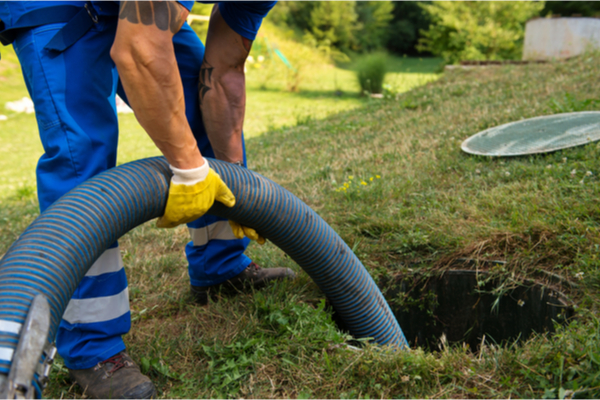The month of March—when temps are beginning to rise but before those April showers—is the ideal time to get down and dirty with those maintenance projects, says J.B. Sassano, president of Mr. Handyman, a commercial and residential repair, maintenance, and improvement franchise. March “home maintenance projects can extend the longevity and improve the quality of your home, inside and out,” he says.
Inspecting a septic tank isn’t sexy, which is probably why most of us don’t pay any attention to our home’s sewer/septic system until it stops working! Do you even know where yours is? Rather than dealing with the aftermath of a stinky sewer backup in your home, take some time each year to have your septic tank or grinder pump inspected to be sure it’s in proper working order.
Septic Tank
Septic tanks are buried underground. As water and waste enter the tank, anaerobic bacteria break down the waste and the solids sink to the bottom. The liquid flows out into leach field lines, where aerobic bacteria complete the decomposition process. Septic tanks need to have the solid waste pumped out every three to five years. In the meantime, regular inspections can make sure the tank’s levels are safe, the bacteria is doing its job, and the leach field pipes are draining properly. Slow drainage and wet, spongy soil are signs of a problem with your system and require emergency repair.
Grinder Pump
Grinder pumps are installed in homes which are built downhill from the sewer line or in neighborhoods with pressurized sewer lines. The pump is located inside a small, buried tank. Water and waste enter the tank and are then ground up and pumped uphill to the sewer line. You may not have one, not everyone does, but if you do, these pumps and tanks need to be inspected regularly to ensure that everything is in working order.
—
Photo Credit: KaliAntye / Shutterstock.com
